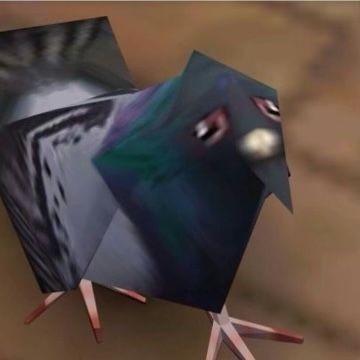Osmosis
Cards (16)
- What is osmosis?
- Why is osmosis considered a special case of diffusion?
- What is a partially permeable membrane?
- What happens to water molecules during osmosis?
- What is the effect of osmosis on a strong sugar solution?
- What is the process of osmosis in terms of concentration gradients?
- What is the first step in the osmosis experiment using potato cylinders?
- What should one of the sugar solutions be in the osmosis experiment?
- How do you measure the effect of osmosis on potato cylinders?
- What does an increase in mass of the potato cylinders indicate?
- What is the dependent variable in the osmosis experiment?
- What must be kept constant to ensure a fair test in the osmosis experiment?
- What errors might occur during the osmosis experiment?
- How can you reduce the effect of errors in the osmosis experiment?
- How can you determine the rate of osmosis in the potato cylinders?
- What is the unit for the rate of osmosis calculated in the experiment?
